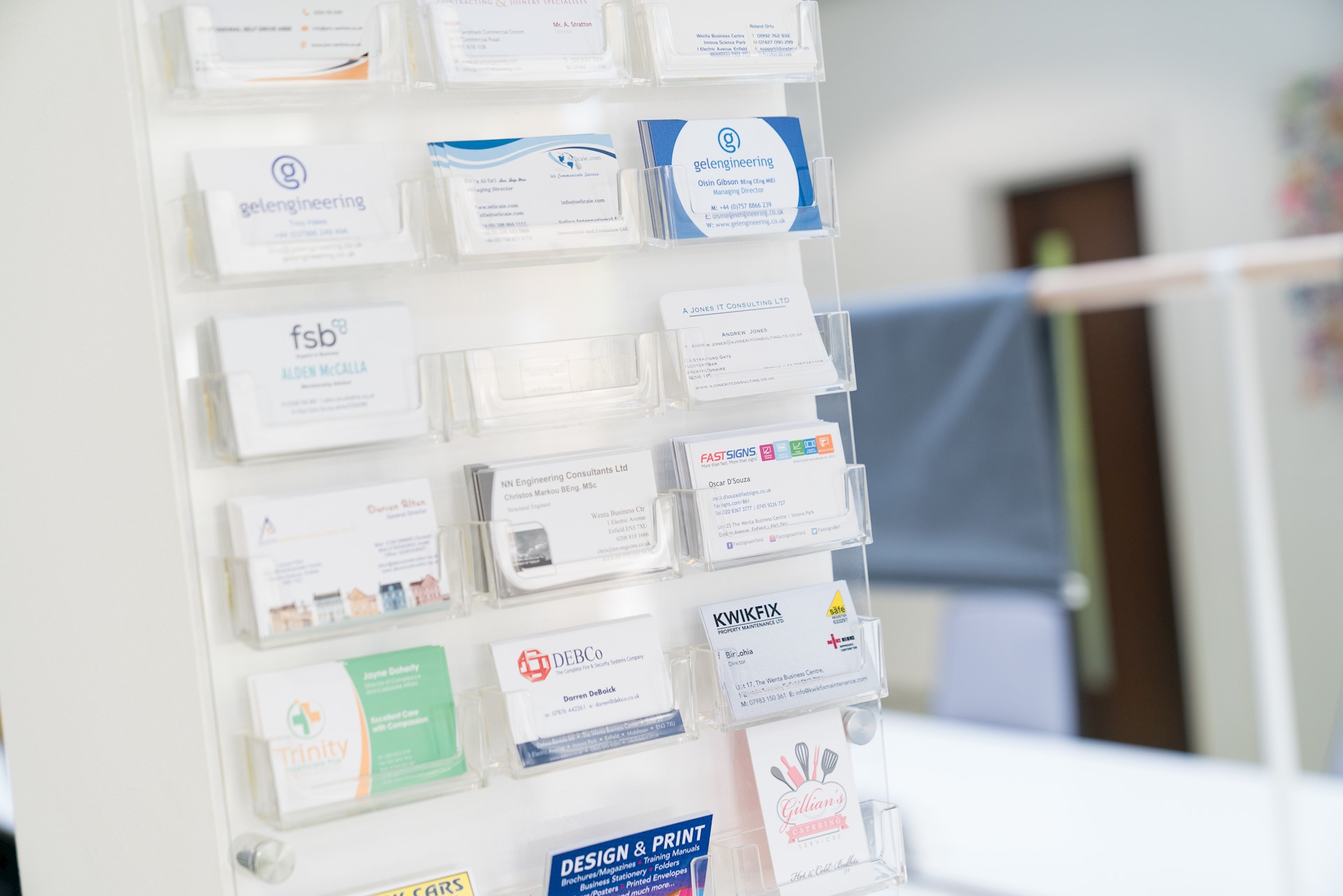Setting up a limited partnership
Set up and run a limited partnership explains your responsibilities, including choosing a name, having a registered address, appointing partners and registering with Companies House. This article explains how to set up and run a limited partnership.

You can set up a limited partnership to run your business.
You must have at least one ‘general partner’ and one ‘limited partner’. General and limited partners have different responsibilities and levels of liability for any debts the business can’t pay. All partners pay tax on their share of the profits.
You’ll need to:
- choose a name
- have a registered address (also known as your principal place of business)
- appoint general and limited partners
- register with Companies House
The rules are different for setting up a limited liability partnership, an ‘ordinary’ business partnership or a private limited company.
Choose a name
You can trade under your own names, or you can choose another name for your business. You don’t need to register your name.
You must include all the partners’ names and the business name (if you have one) on official paperwork, for example invoices and letters.
Business names

Limited partnership names must not:
- include ‘limited liability partnership, ‘LLP’, ‘public limited company’ or ‘plc’
- be offensive
- be the same as an existing trademark
Your name also can’t contain a ‘sensitive’ word or expression, or suggest a connection with government or local authorities, unless you get permission.
Check which words you need permission to use, and who from.
You’ll need to register your name as a trademark if you want to stop people from trading under your business name.
Registered address

Your registered address (known as principal place of business) is where official communications are sent, for example letters from HM Revenue and Customs (HMRC).
It must be:
- a physical address
- your main place of business
- in the same country that your limited partnership is registered in (for example, a limited partnership registered in Scotland must have a registered office address in Scotland) - once you’re incorporated you can move anywhere in UK
You can use a PO Box, but you must also include a physical address and postcode after the PO Box number.
You can use your home address - this will be publicly available.
Partners’ responsibilities
You must have at least one ‘general partner’ and one ‘limited partner’ - a partner can be an individual or a company.
What type of partner you are makes a difference to:
- your liability for the partnership’s debts
- your responsibilities
You can’t be a general and a limited partner at the same time.
All partners are equally responsible for any debts or obligations until the partnership has been registered.
Limited partners
As a limited partner you:
- contribute an amount of money or property to the business when it’s set up
- are only liable for debts up to the amount you’ve contributed
- can’t manage the business
- can’t remove your original contribution
You must register for Self Assessment with HM Revenue and Customs (HMRC).
General partners
As a general partner you:
- are liable for any debts the business can’t pay
- control and manage the business
- can make irreversible (‘binding’) decisions for the business
- can apply for your business to act as an authorised contractual scheme (ACS)
You must:
- register the business with Companies House
- register the business for Self Assessment with HMRC - you must also register separately as an individual
- register the business for VAT if you expect sales to be more than £85,000 a year
- act for the business if it’s wound up and dissolved
You may have to send accounts to Companies House if the general partner is a limited company.
Source: GOV.UK
Contains public sector information licensed under the Open Government Licence v3.0
Got a business question?
We're here to help. Get in touch.
Book your free appointment below:
